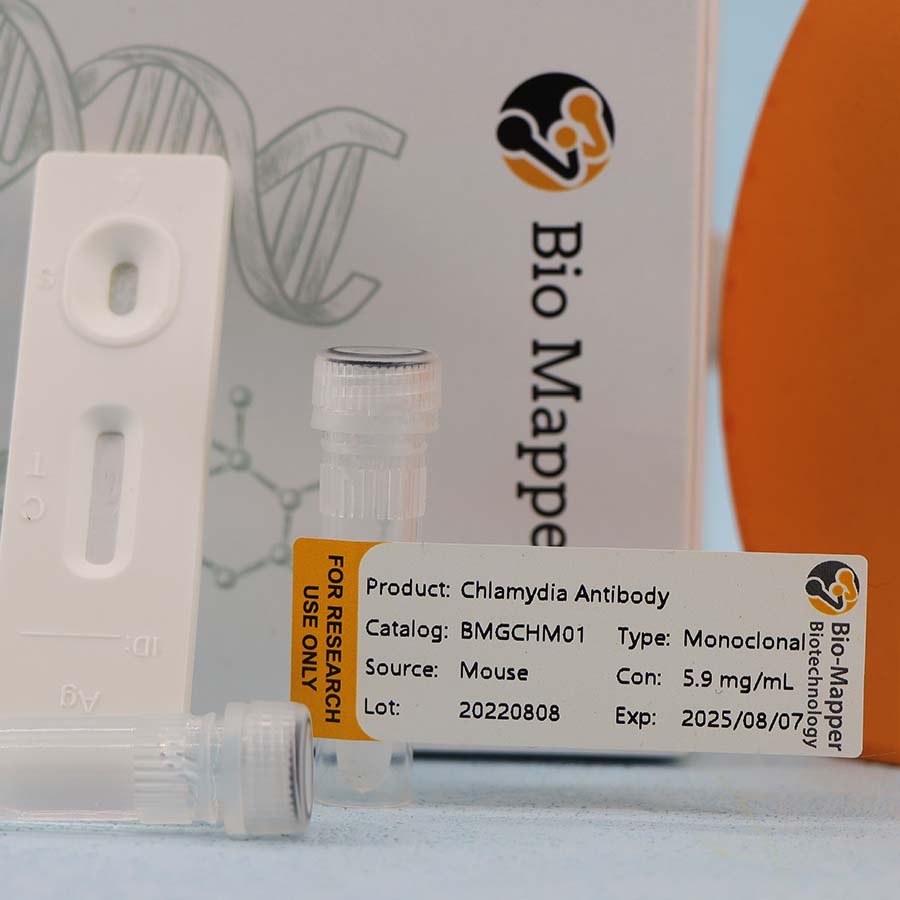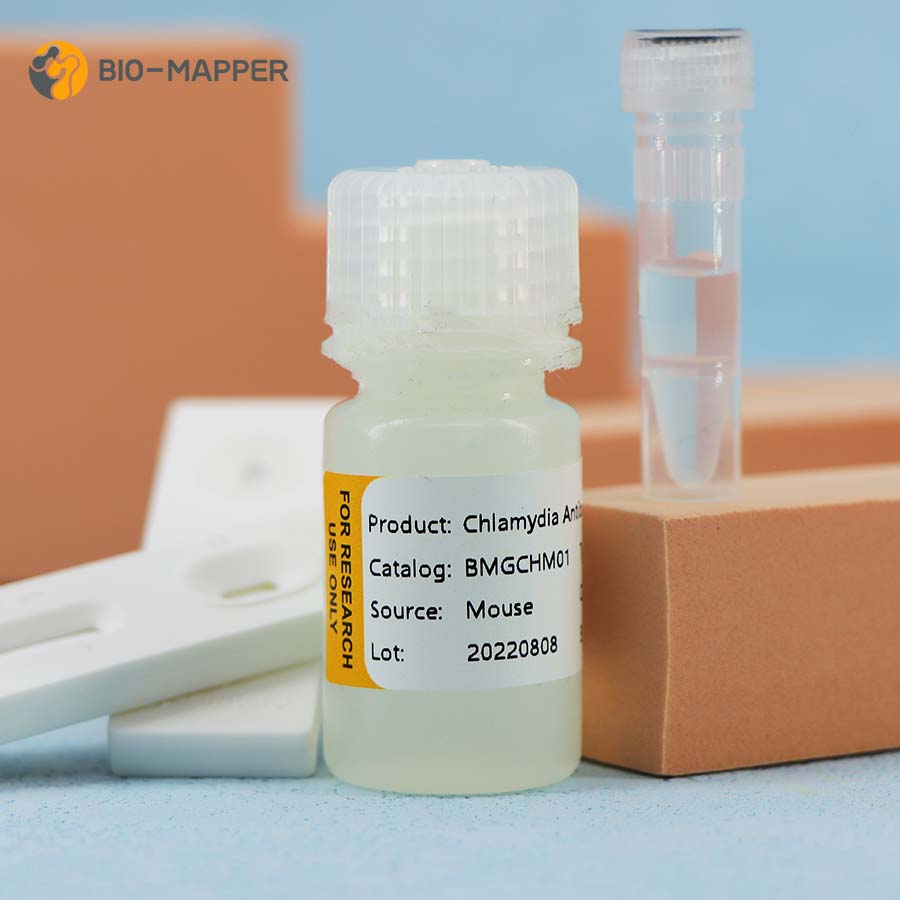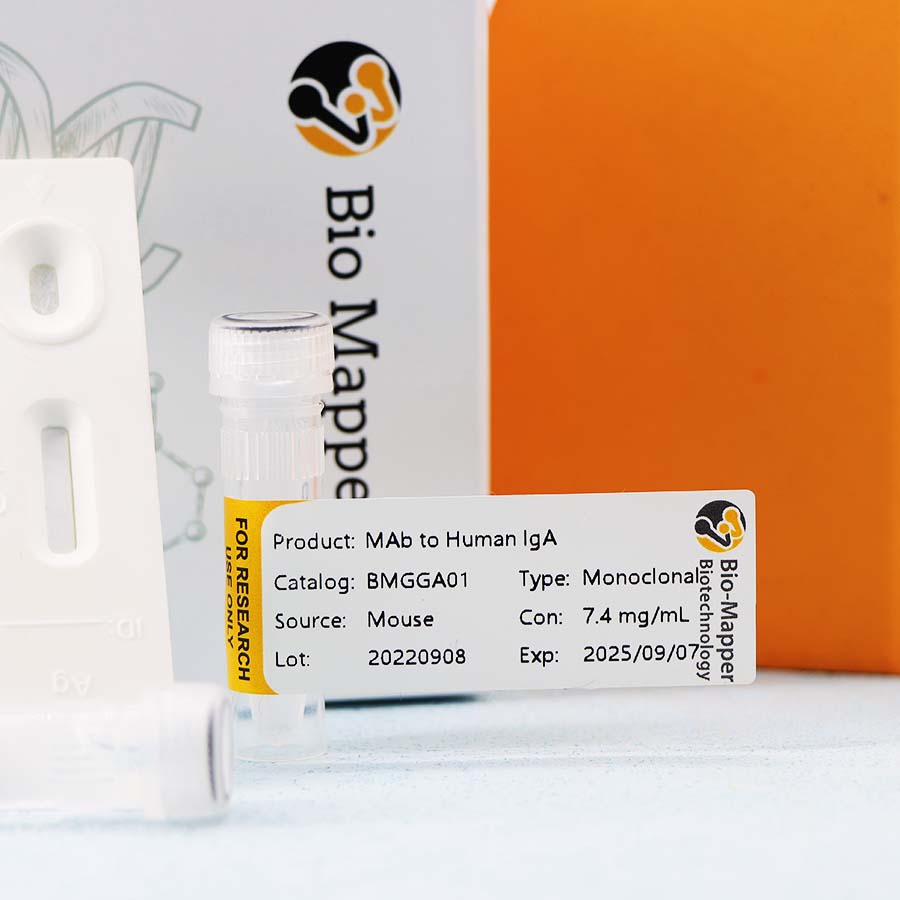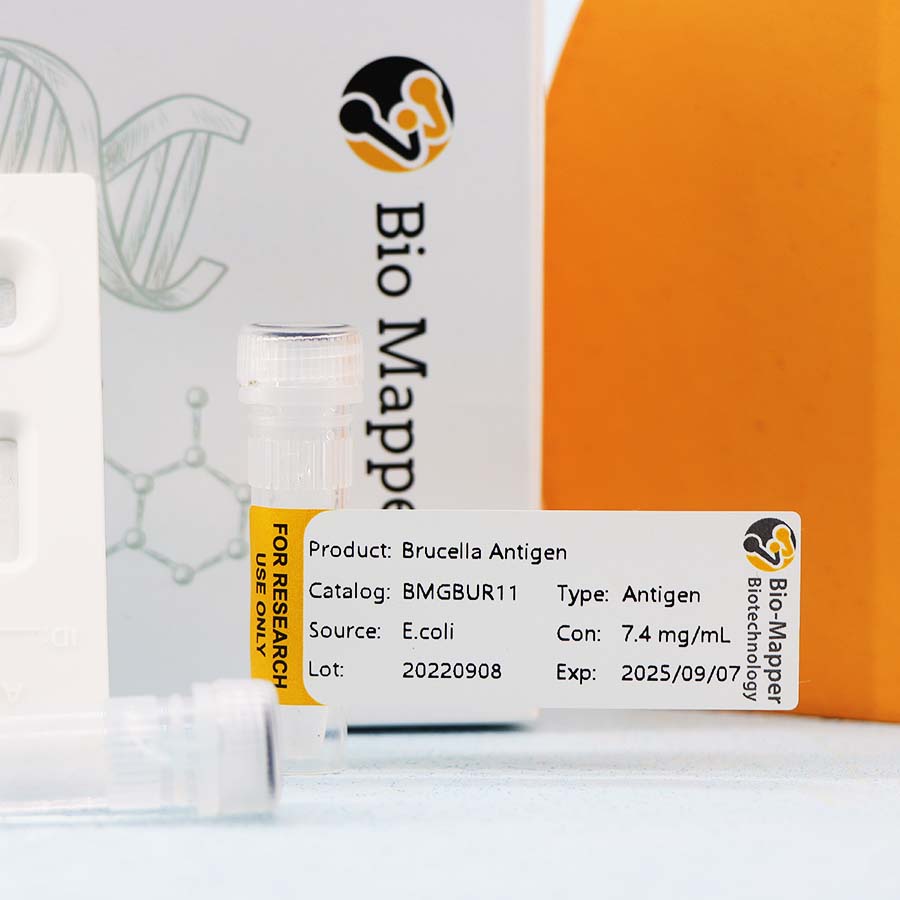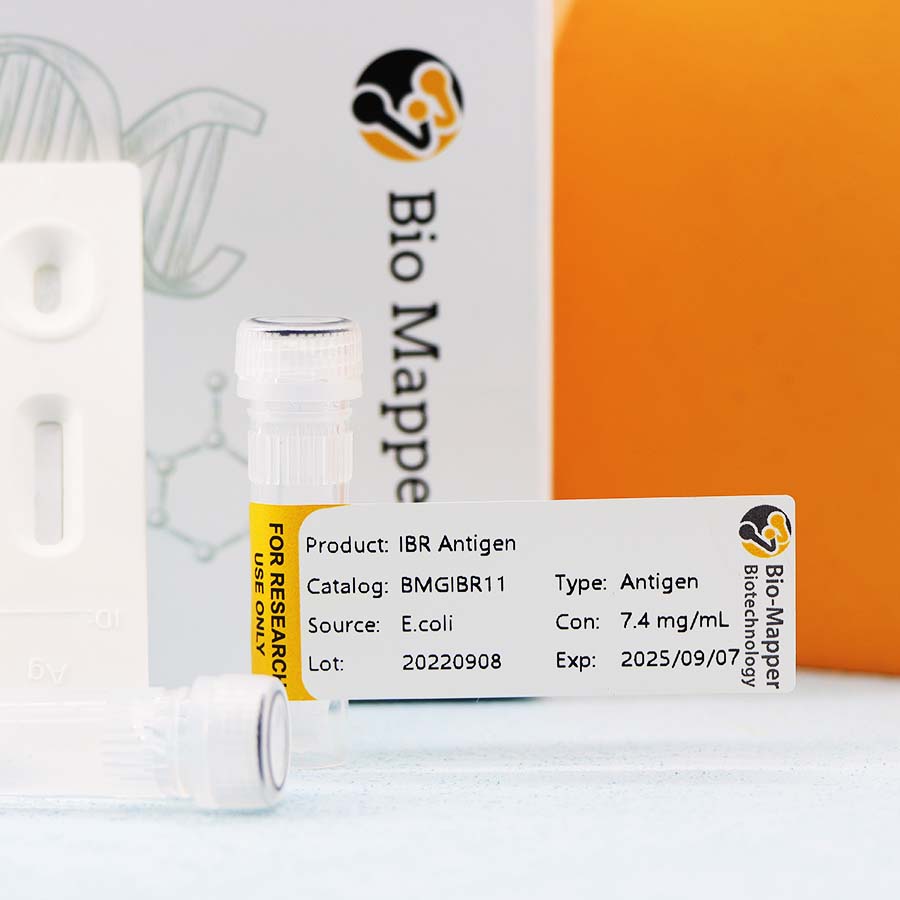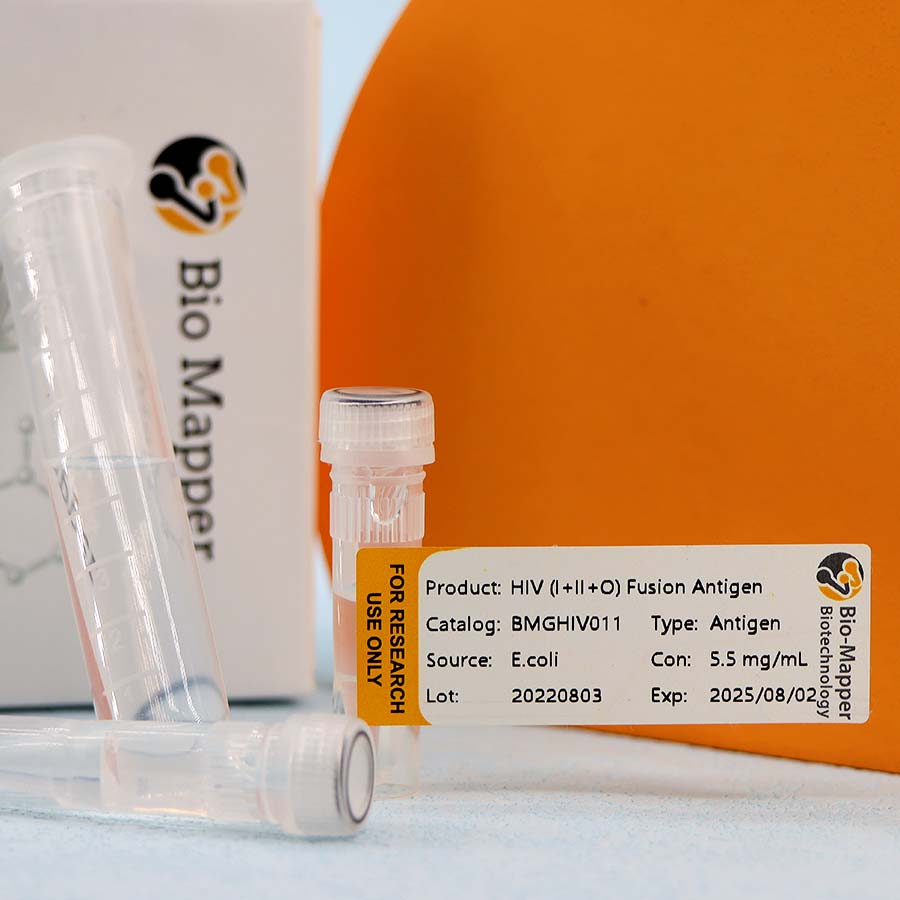Quick detection
| Product Name | Catalog | Type | Host/Source | Usage | Applications | COA |
| Chlamydia Antibody | BMGCHM01 | Monoclonal | Mouse | Capture | LF, IFA, IB, WB | Download |
| Chlamydia Antibody | BMGCHM02 | Monoclonal | Mouse | Conjugate | LF, IFA, IB, WB | Download |
| Chlamydia Antibody | BMGCHE01 | Antigen | HEK293 Cell | Calibrator | LF, IFA, IB, WB | Download |
Rapid detection of chlamydia trachomatis can be divided into qualitative and quantitative rapid detection. Gold labeled rapid detection (colloidal gold method) is widely used. The detection principle is as follows: anti chlamydia lipopolysaccharide monoclonal antibody and sheep anti mouse IgG polyclonal antibody are respectively fixed on the solid phase nitrocellulose membrane, and made with another anti chlamydia lipopolysaccharide monoclonal antibody labeled with colloidal gold and other reagents and materials. The chlamydia detection method is established in the form of double antibody sandwich using colloidal gold immunochromatography technology for the detection of chlamydia in female cervix and male urethra. In order to detect the presence of chlamydia in female cervix and male urethra, and to assist in clinical diagnosis of chlamydia infection, the test results also need to be further determined by clinicians in combination with patients’ symptoms, signs and other examination results.
The gold standard rapid detection of chlamydia trachomatis has the advantages of rapidity, convenience and high accuracy. It saves a lot of time for the assistant diagnosis of clinicians.
